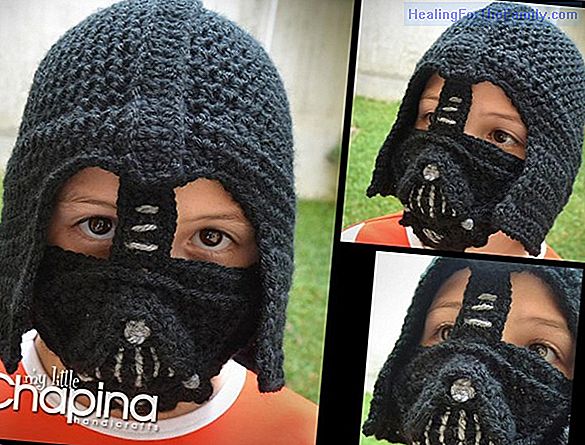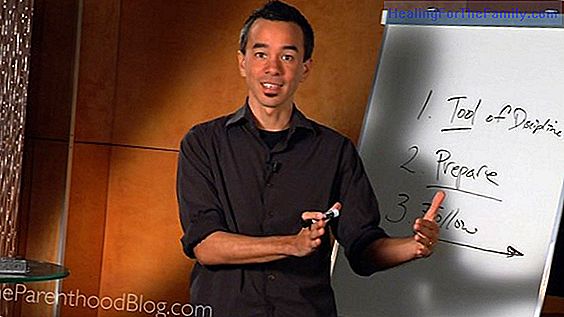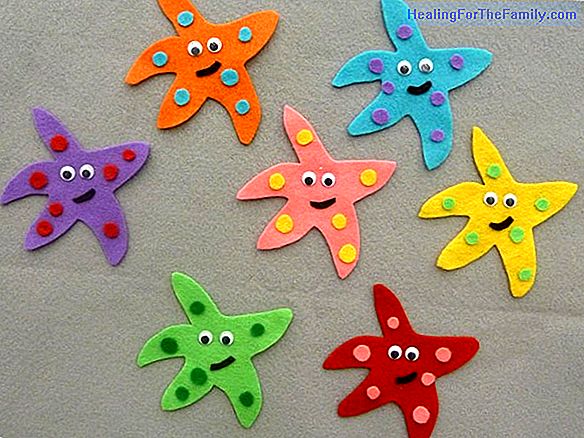Types of baby cries
During the first year of life, before the baby can pronounce a word, newborns can only communicate through crying. Since always, crying is synonymous with alarm. The human being shares this characteristic with other animals, a trait that produces an immediate response from their parents. At first, c
During the first year of life, before the baby can pronounce a word, newborns can only communicate through crying. Since always, crying is synonymous with alarm. The human being shares this characteristic with other animals, a trait that produces an immediate response from their parents.
At first, crying is not a specific indication: parents know that the baby is sad, but they do not know why. Over time, parents relate every crying or type of crying baby with a reason.
The first cry of the baby

The baby cries for the first time at birth, as a result of the sudden change of environment. In response to this cry, most parents respond with a smile, as it is the way to check that the baby's lungs work well.
During the first three months, the baby cries frequently and, thereafter, the crying begins to subside. Around six weeks, the tear glands of the eyes have already developed and the baby lets out his first tears.
What causes baby's crying?
There are several reasons that explain the different types of crying baby: pain, hunger, discomfort, loneliness, lack of stimulation, frustration and over stimulation. A sensitive mother quickly distinguishes one crying from another. The pain, generally, produces a loud and deafening cry. The baby does not know what is happening, he can not differentiate between annoyance and physical pain, that's why he complains and attracts attention. Usually, stop crying when they cradle, and only continue if the pain persists. If you cry continuously, you may have cramps.
A baby cries when it is uncomfortable, when it has a dirty diaper, is cold or hot, etc. As that discomfort increases, crying is more unbearable. Crying for hunger can be detected by the rhythm and the moment in which it occurs. When the baby is very hungry, the crying is high and continued, and only stops to breathe. The easiest cry to calm is the disconsolate, which happens when the baby feels abandoned. The baby can also cry because of the excess or lack of stimulation. If you are exhausted, the crying is very complaining, and you may rub your eyes.
Crying tiredness and sleep in the baby
During the first months, the baby joins a lot to his mother and starts to cry when he separates from her. He just wants to be snuggled up to her. If the mother ignores the crying of the baby very often, it will begin to generate a lack of confidence in the baby. He fears that his mother will not return, which creates a feeling of deep-seated insecurity.
Keeping the mother and baby close during the first months is just a strategy to avoid this type of problem. The baby needs to learn to sleep alone, but this does not mean that the mother is completely absent. If the crib is in the parents' room during the first months, the baby will feel close to his mother safe and sound. When he has become accustomed, they can move him to another room. With six months, this change is usually much more traumatic for him.
The cry of frustration in the baby
The crying de frustration occurs later, when the baby tries desperately to do something, but does not succeed. This type of crying increases as the baby begins to flex the muscles and explore their surroundings. In extreme cases, this situation may cause the baby to stop breathing until it turns blue. These attacks usually occur during a tantrum or a berriche. Alg María Algueró

Early Childhood Expert
Infant Education Teacher (specialist 0-3)Infant Massage Educator, member of AEMI
Psychomotorist. Portage Instructor












